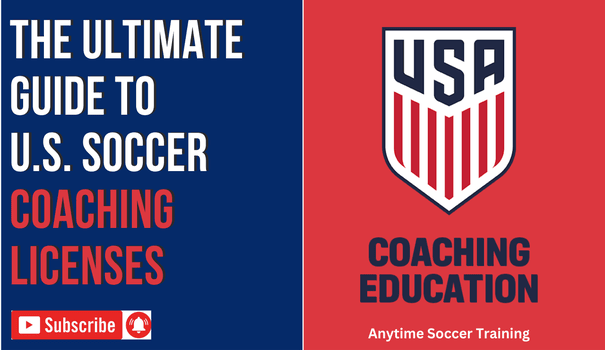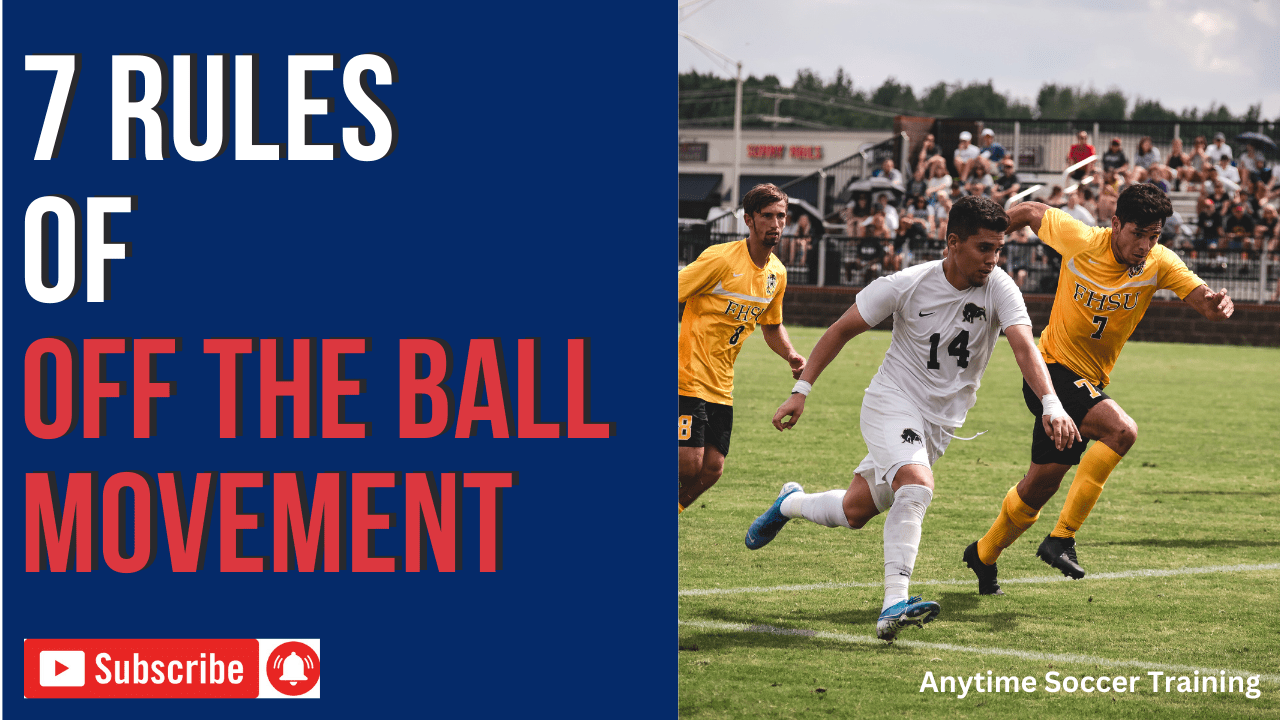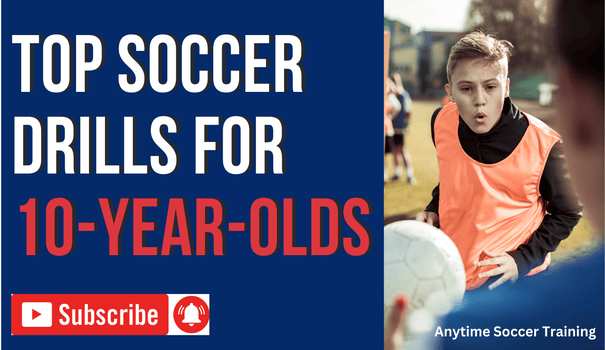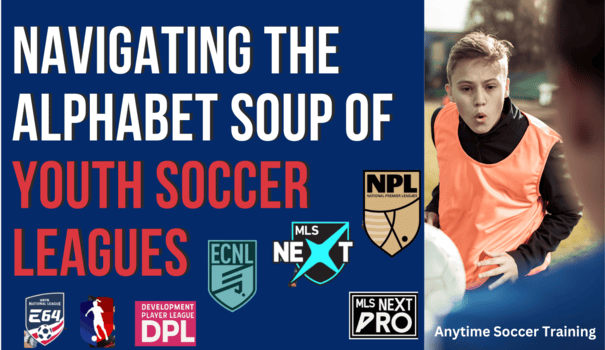
In the dynamic world of coaching soccer, the key to success lies in effective communication and teaching methods.
As a soccer dad and coach, my interactions with kids from various backgrounds sparked my curiosity about learning styles and their impact on coaching effectiveness.
I’ve delved into books and researched to understand how these young players prefer to learn. This journey has not only added joy to my coaching experience but has also strengthened my bond with my players, making me a more effective coach.
Before we get started aside from understanding the top 5 learning styles that can be applied in the soccer coach world, knowing which soccer drills to incorporate into your tryouts & practices are equally as important.
Our friends at SkillShark Athlete Evaluations have rounded up the top 5 tryout drills you can use to effectively evaluate your soccer players.
Now join me to uncover the five major learning styles and their influence on different coaching techniques.
1. Visual Learners:
Visual learners grasp information best through images, diagrams, and videos. Coaches can integrate visual aids, such as tactical diagrams, game footage, or demonstration videos, to help these players understand strategies and techniques more effectively.
Utilizing whiteboards, charts, and other visual tools during training sessions can enhance the learning experience for visual learners.
Visual Learners – Meet Danny:
Picture this: Danny, a coach at Oregon SC, loves using tactical diagrams and game footage to help his players understand strategies. By visualizing the game, he ensures everyone on his team is on the same page, making their moves on the field smoother than ever.
2. Auditory Learners:
Auditory learners learn best through listening and verbal communication. Coaches can optimize their training sessions by incorporating clear and concise verbal instructions and emphasizing key points through speech.
Team talks, pre-match discussions, and audio feedback during drills can be particularly beneficial for players with an auditory learning preference.
Auditory Learners – Alex’s Winning Strategy:
Alex, coaching U16 at parks and recreation, swears by clear and concise verbal instructions. His pre-match discussions and pep talks resonate well with his auditory learners, creating a harmonious blend of communication that keeps his team motivated and focused.
3. Reading/Writing Learners:
Players who excel in reading and writing prefer written materials to understand and process information. Coaches can provide these learners with written instructions, tactical guides, and training plans.
Encouraging players to maintain personal journals or participate in discussions can also enhance their comprehension and retention of soccer-related knowledge.
Reading/Writing Learners – Bennet’s Playbook:
Bennet, whose daughter just started pre-competitive soccer, takes a page from the reading/writing playbook.
He provides written instructions, and tactical guides, and encourages parents to maintain journals to track their child’s progress, creating a soccer community that loves to put pen to paper.
Kinesthetic Learners:
Kinesthetic learners thrive on physical movement and hands-on experiences. Soccer coaching can be tailored for kinesthetic learners by incorporating interactive drills, practical demonstrations, and physical involvement in training sessions.
Encouraging players to actively participate in discussions, ask questions, and engage in physical activities fosters a more hands-on learning experience.
Kinesthetic Learners – Nuno’s Active Approach:
Nuno, coaching U9 to U13, is all about movement. His drills are interactive, his demonstrations are hands-on, and he encourages his players to engage physically in discussions.
For Nuno, learning happens best when it’s a full-body experience, and his players couldn’t be happier.
Social Learners:
Social learners thrive in group settings and collaborative environments. Coaches can facilitate group discussions, encourage teamwork, and promote peer-to-peer learning.
Team-building activities, group exercises, and collaborative problem-solving can be integrated into soccer training to engage social learners and enhance their understanding of team dynamics.
Social Learners – Angela’s Team Spirit:
Angela, based in Chiang Mai, Thailand, focuses on building a strong team dynamic. Her coaching style revolves around group discussions, teamwork activities, and collaborative problem-solving.
She believes that when players learn together, they grow together, creating bonds that extend beyond the soccer field.
Now, how can you integrate these learning styles into your coaching routine?
Tailored Approach: Take a moment to know each player’s learning style. Danny, Alex, Bennet, Nuno, and Angela all tailor their coaching to match their players’ preferences.
Mix It Up: Keep your sessions dynamic! Combine visual aids, verbal instructions, written materials, and hands-on experiences. A varied approach ensures that everyone on your team gets the message loud and clear.
Flex Your Communication Muscles: Be flexible in how you communicate. A mix of visual, auditory, and hands-on methods ensures that your players understand and absorb information in a way that clicks with them.
Getting to know and apply the five learning styles in soccer coaching has been truly impactful. It’s not just about winning on the field; it’s about understanding how each player processes information.
Adapting to their unique ways of learning has not only enhanced player development but has also strengthened our team spirit.
It’s all about creating an environment where everyone feels included and supported. So, here’s to coaching tailored to each player’s style, contributing to the growth and success of our soccer family.










